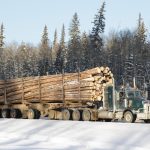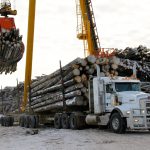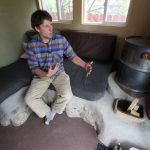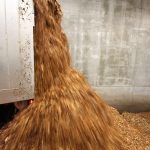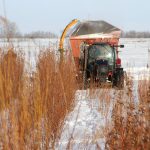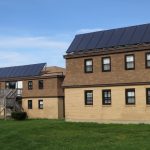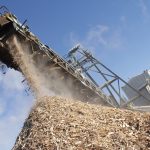
254. Biomass a missing link for Canada’s future sustainable economy?
There are an estimated 120 million tonnes of waste and residue biomass in Canada right now — waste that could form the cornerstone of a green COVID-19 recovery effort that fights climate change by building the sustainable economy we need.

